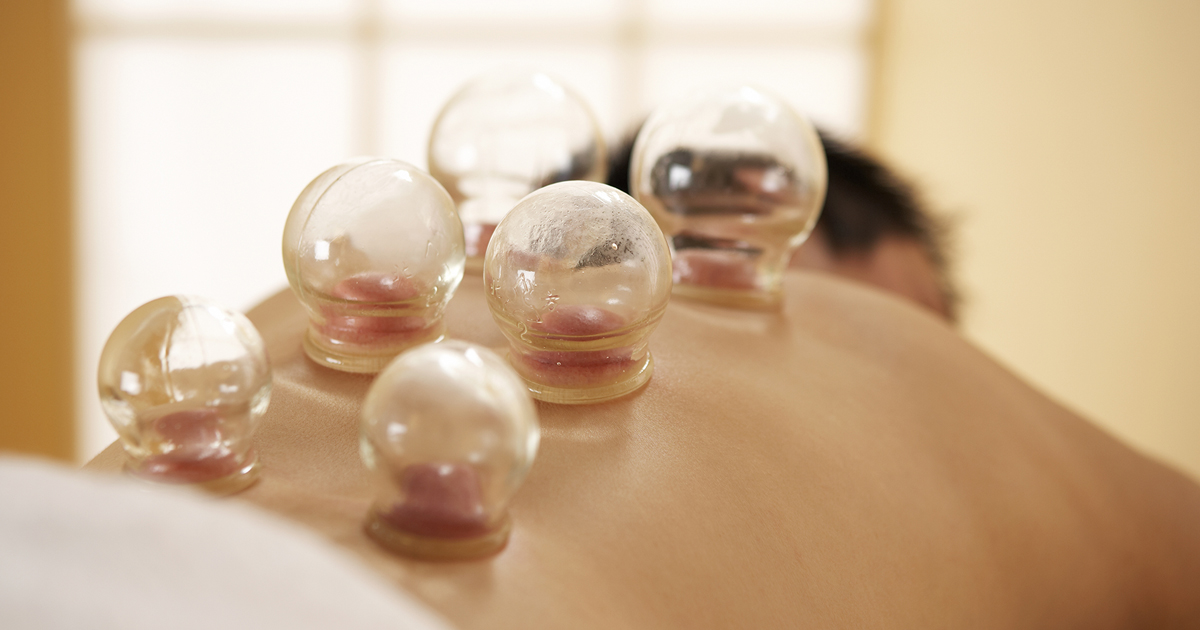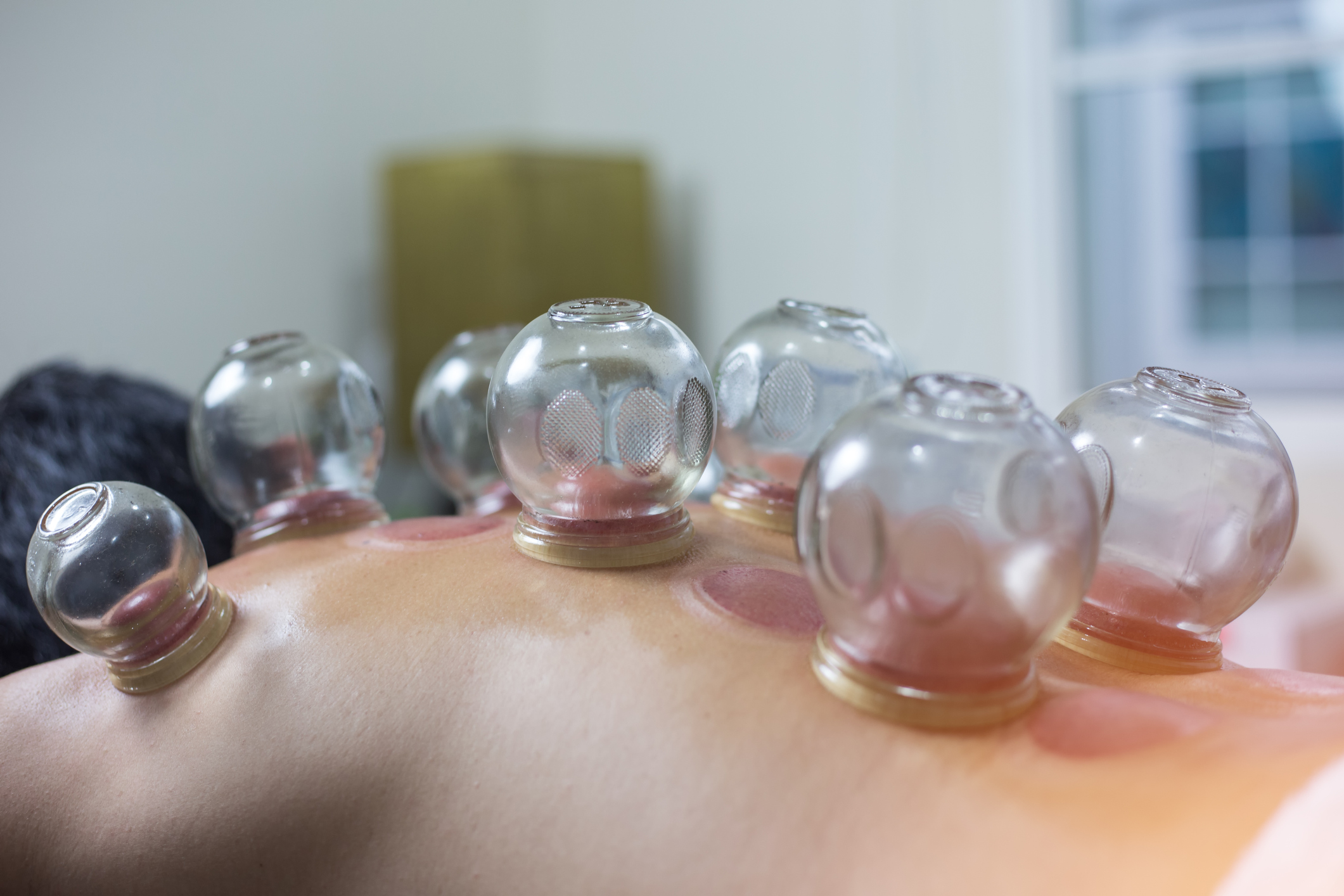Understanding How Cupping Therapy Helps with Pain Relief
Many Leaf Seekers on kratomforum.org are exploring alternative pain management options, and cupping therapy is gaining popularity. This article delves into how cupping therapy helps with pain relief, providing practical advice and insights to help you understand its potential benefits and limitations. Understanding how cupping therapy helps with pain relief is crucial for making informed decisions about your healthcare.
How Cupping Therapy Works for Pain
Cupping therapy, an ancient practice, involves placing heated cups on the skin to create suction. This suction lifts the skin, increasing blood flow to the area. How cupping therapy helps with pain relief is multifaceted. It’s believed to stimulate the release of endorphins, the body’s natural pain relievers, and reduce inflammation. Many people find that how cupping therapy helps with pain relief is a significant benefit in managing chronic conditions.
Reducing Muscle Tension and Pain
One primary way how cupping therapy helps with pain relief is by addressing muscle tension. Tight muscles often contribute to pain and discomfort. The suction created by the cups helps to relax these muscles, relieving tension and alleviating associated pain. This is particularly beneficial for individuals experiencing muscle soreness, stiffness, or spasms. Understanding how cupping therapy helps with pain relief in this context can lead to significant improvements in mobility and overall well-being.
Improving Circulation and Reducing Inflammation
The increased blood flow resulting from cupping is another key factor in understanding how cupping therapy helps with pain relief. Improved circulation helps to deliver oxygen and nutrients to the affected area, promoting healing and reducing inflammation. Inflammation is a common cause of pain, and by reducing it, cupping can significantly alleviate discomfort. This explains how cupping therapy helps with pain relief in a wide range of conditions.
Trigger Point Therapy and Pain Management
Cupping can be used as a form of trigger point therapy. Trigger points are knots of muscle tissue that can cause referred pain in other parts of the body. By applying cups to these trigger points, practitioners aim to release the tension and alleviate the resulting pain. Understanding how cupping therapy helps with pain relief through trigger point therapy requires a deeper understanding of myofascial pain syndromes.
Conditions Where Cupping May Help

How cupping therapy helps with pain relief has been explored in various contexts. Research suggests it may be beneficial for several conditions, including:
Back Pain Relief with Cupping
Many individuals experience back pain, and how cupping therapy helps with pain relief in this area is a subject of ongoing interest. The suction and increased blood flow can help to relax tense back muscles and reduce inflammation, potentially alleviating pain and improving mobility.
Neck Pain and Cupping Therapy
Neck pain, often stemming from poor posture or muscle strain, can be significantly debilitating. Understanding how cupping therapy helps with pain relief in the neck involves similar mechanisms as back pain—muscle relaxation and inflammation reduction.

Headache Relief with Cupping
Some individuals find that how cupping therapy helps with pain relief extends to headaches, particularly tension headaches. By improving blood flow and relaxing tense muscles in the neck and shoulders, cupping may help to reduce headache intensity and frequency.
Arthritis Pain and Cupping
How cupping therapy helps with pain relief in arthritis is a complex issue. While not a cure, some studies suggest cupping may help to manage pain and inflammation associated with arthritis by improving circulation and reducing stiffness.
Finding a Qualified Practitioner

To experience the potential benefits of cupping therapy, it’s crucial to find a qualified and experienced practitioner. A skilled practitioner will assess your condition, discuss your goals, and develop a personalized treatment plan. They will also be able to answer your questions about how cupping therapy helps with pain relief in your specific situation.
Safety Precautions and Considerations
While generally safe, cupping therapy does have some potential risks. It’s important to discuss your medical history with your practitioner before undergoing treatment. Individuals with certain skin conditions or bleeding disorders may not be suitable candidates for cupping. How cupping therapy helps with pain relief should always be considered within a broader healthcare plan.
Combining Cupping with Other Therapies
How cupping therapy helps with pain relief can be enhanced when combined with other complementary therapies. For example, cupping can be used in conjunction with massage, acupuncture, or other pain management techniques to achieve optimal results. A holistic approach to pain management often yields the best outcomes.
Managing Expectations and Long-Term Benefits
It’s important to manage expectations regarding how cupping therapy helps with pain relief. While many find it beneficial, it’s not a miracle cure. Results may vary, and multiple sessions may be needed to experience significant improvements. Consistent and proper application is key to understanding how cupping therapy helps with pain relief over the long term.
The Science Behind Cupping and Pain Relief
Research into how cupping therapy helps with pain relief is ongoing. While the mechanisms are not fully understood, studies suggest that cupping’s effects on blood flow, inflammation, and endorphin release contribute to its pain-relieving properties. Further research is needed to fully elucidate its efficacy and mechanisms of action.
How Cupping Therapy Helps with Pain Relief: A Summary
How cupping therapy helps with pain relief is a complex interplay of physiological processes. By increasing blood flow, reducing inflammation, and potentially releasing endorphins, cupping can offer relief from various types of pain. However, it’s crucial to seek a qualified practitioner, understand potential risks, and manage expectations for optimal results. How cupping therapy helps with pain relief should always be considered within a comprehensive pain management strategy. Remember that while many find it helpful, it is not a replacement for conventional medical treatments. Always consult with your doctor or other healthcare professional before starting any new treatment, including cupping therapy. Understanding how cupping therapy helps with pain relief is a key step in making informed decisions about your healthcare. How cupping therapy helps with pain relief is a topic worthy of further exploration and research. The potential benefits are significant for those seeking natural and effective pain management strategies. How cupping therapy helps with pain relief should be discussed with your healthcare provider to determine its suitability for your individual needs.
Final Thoughts on Cupping Therapy for Pain
Ultimately, how cupping therapy helps with pain relief depends on individual factors and the specific condition being treated. While it shows promise as a complementary therapy for various pain types, it’s not a one-size-fits-all solution. By understanding its mechanisms and potential benefits, and by working with a qualified practitioner, you can make an informed decision about whether cupping therapy is a suitable option for you. How cupping therapy helps with pain relief should always be considered in the context of a holistic approach to well-being.
Tags: cupping therapy, pain relief, alternative medicine, muscle pain, inflammation

